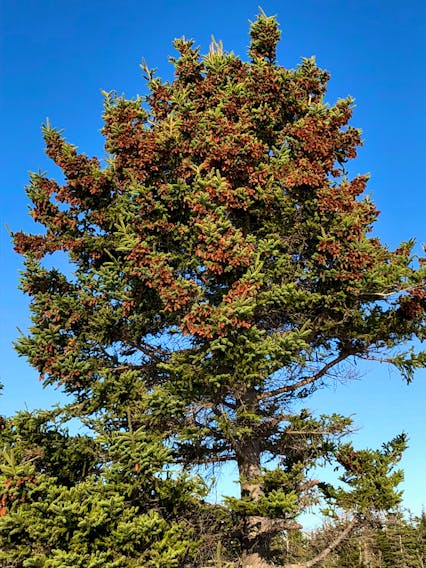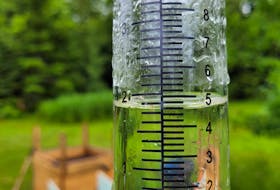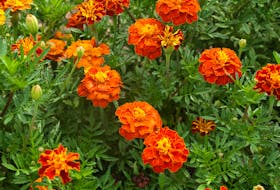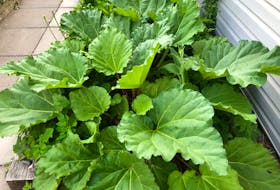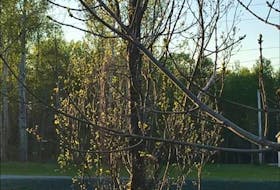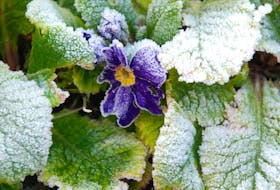On Saturday, I wrote about ENSO, the El Nino/La Nina Southern Oscillation and how its position can help predict the kind of winter we can expect. As you might already know, I love to combine the science of meteorology with some good old-fashioned observations or weather lore.
I’ve been hearing from many of you about the pine cones in the trees this fall. Alan North asks this question in an email he sent late last month:
“Did your Grandmother ever make weather predictions based on the density or height of the cones on evergreen trees? It seems that everywhere I look the spruce and fir trees are heavily encrusted with cones at the very top of the tree. I don’t recall seeing this in recent years. I hope the snow won’t be that deep!!”
She certainly did Alan. Grandma often commented on the number of pine cones and also the pine needles – believing that if they were plentiful, we were in for a cold winter. And if the cones were clustered at the top of the tree, there would be lots of snow.
While we’re on the topic of pine cones, did you know that they have traditionally been used to forecast short-term weather, too? They change shape according to the amount of humidity in the air. In dry weather, pine cones open out as the scales shrivel and stand out stiffly. When it is damp, the scales absorb moisture and as the scales become flexible again, the cone returns to its normal shape.
You can check out the theory by putting a pine cone on a baking sheet in the oven. The hot oven will dry out the cone and the scales will open up. But remember, the cone is not reacting to the temperature change; it’s reacting to the change in humidity. The oven is drying out your pine cone.
It’s also a good trick if you’re making a cone wreath for the holidays…
Have a question about the weather?
Cindy Day is the chief meteorologist for SaltWire Network.

